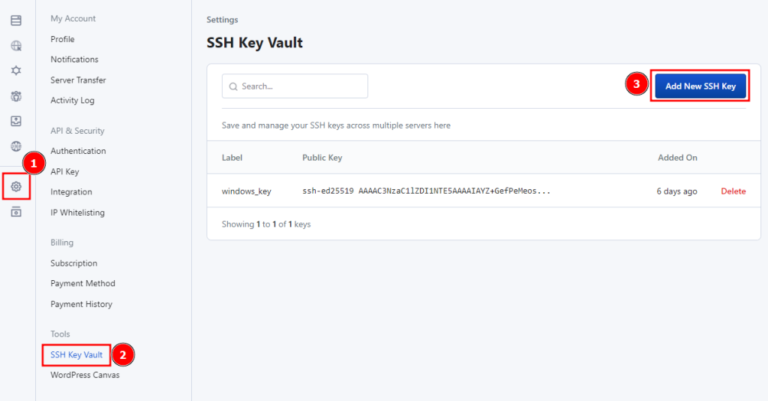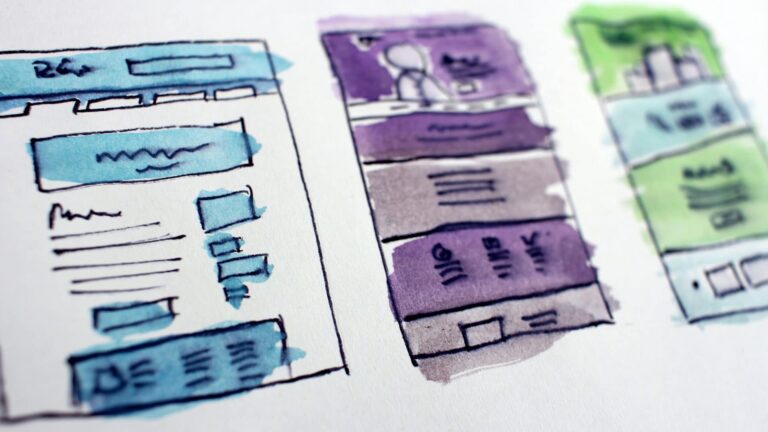<!–



Native apps vs. Hybrid apps
Contents
- 1 Native apps vs. Hybrid apps
- 2 How Crafted can help you with your app decision, design & development
- 3 What are the native apps?
- 4 Advantages of native apps
- 5 Disadvantages of native apps
- 6 What are hybrid apps?
- 7 Advantages of hybrid apps
- 8 Disadvantages of hybrid apps
- 9 Factors to consider when choosing between native and hybrid apps
- 10 Reinvigor your online presence
- 11 App Design Company
App Design
Are you planning to develop an app for your business? That’s a great choice. According to eMarketer, almost 90% of all mobile internet usage in America is done on apps. By having your own mobile app, you’ll find it easier to engage with your target market and affect sales.
When it comes to app development, you have two options to choose from – Native apps and Hybrid apps. If you’re not sure which app to choose, don’t worry. Our team at Crafted is here to help. We’ve created a helpful guide that you can use to learn more about native and hybrid apps and take a mindful app development decision.
How Crafted can help you with your app decision, design & development
Our developers have designed native and hybrid apps for numerous customers, helping them scale their business through timely releases and updates. We can work with you to find a solution that is in line with your unique business needs and develop an app that your target market will love to use. Reach out to us to have a conversation with our team.
Contact Us
What are the native apps?
Native apps are “native” applications to the device platform, i.e. to either Android or Apple exclusively. They can’t be used or downloaded on any other device platform. Take Procreate or Ulysses, for example. They’re both exclusive to Apple device platforms. On the other hand, Google Play Store, Google Docs, etc. are exclusive to Android devices.
Native apps are usually developed using specialized programming languages. For example, apps for the iPhone are written in Swift or Obstacle-C, while all Android apps are created using Java. Windows devices are written in C#.
Advantages of native apps
-
They offer the best device experience
Since they’re built especially for the device platform, Native apps are better able to integrate themselves with the user’s device features. For example, the camera, microphone, or platform-specific software. This enables your users to have a very seamless and enjoyable app usage experience.
-
They’re very fast and reliable
Native apps are created, keeping the device’s processing capabilities in mind. These apps are also designed to be future-ready for any potential device updates that might be released. This enables native apps to be faster, more responsive, and more reliable than hybrid apps.
-
They have a UI/UX that is in sync with the device
Native apps follow a specific UI/UX guide that is informed by the platform’s UI/UX experience. These apps will fit the device’s aesthetics and will have a few of the same features/functionalities as the device. Essentially, this will ensure that the user doesn’t need to learn a completely new set of rules to learn how to use the app. Plus, native apps can work offline because they’re fully integrated with the device platform.
Disadvantages of native apps
-
They’re expensive and time-consuming to build and maintain
Native apps are expensive to build because you need to individually build, release and update each app on each device of your platform. This can take money to do, making native apps unsuitable for companies on a budget.
Maintenance is also a hassle since you’ll need to spend time fixing bugs, clean-up and update each app individually.
-
You’ll need to create multiple apps to target all customers.
It’s almost impossible that your entire target market uses only an Android phone or an iPhone. To reach them, you’ll need to create an app that can be used on all devices. Native apps are unsuitable for this. You’ll need to develop multiple versions of the same app for each device platform you want to use it on. Again, this can take a lot of time and money.
What are hybrid apps?
A hybrid app is an application that can work on any device platform. These apps are extremely versatile and can be used across devices. Today’s popular app – Facebook, Instagram, LinkedIn, WordPress, Medium, New York Times, etc. is a hybrid app. It doesn’t matter which device you download them on. They’ll work
Advantages of hybrid apps
-
They are very easy to develop and release
Since hybrid apps work on absolutely every device platform, you’ll only need to create one app and release it across all platforms simultaneously. This makes your work very easy and very fast. Additionally, this feature makes them very scalable when you’re growing and need to expand.
-
The time and money required for maintenance is very less
In addition to a faster time to market, hybrid apps also cost less since there is no need to develop multiple versions of the same app for each platform. Plus, you can easily do the app maintenance work for all platforms at the same time, instead of doing it individually.
-
They do allow you to access some of the device-specific features.
These days, you have software development frameworks like PhoneGap, which allow hybrid app developers to bridge the gap between the app and the device. So, you won’t totally lose out on the device feature compatibility, which native apps offer.
Disadvantages of hybrid apps
-
They don’t offer a very seamless user experience
Because hybrid apps are not built for a specific device platform, their UX and UI will never perfectly fit the platform. This can be annoying to some users, who may find it difficult to adapt to the app’s functionality. Plus, the aesthetics of the app can be jarring to users as well.
-
App performance may vary on different platforms
Ultimately, the performance of the app depends not just on the app’s features, but also the features of the device it is on. If the device doesn’t have sufficient features to support the app, the hybrid app itself will display poor performance.
Factors to consider when choosing between native and hybrid apps
Both native apps and hybrid apps have their place in the world. The choice between the two depends on what’s important to you. This is why you need to consider the following factors when selecting between native and hybrid apps:
-
User experience
If your priority is seamless user experience, native apps definitely are the better choice. It’s not that hybrid apps aren’t good, but native apps are better. They’re more in line with the cosmetic and functional aspects of the platform.
You need to remember that native apps can drain your coffers very fast in the long run. So, if you’re on a budget, then choose to go hybrid. Plus, if you are planning to grow your business in multiple markets, a hybrid app will cost you much lesser to reach a larger group.
-
Time to release
If you’re on a tight timeline or are competing with a company that’s releasing an app of their own, hybrid apps will help you reach the market faster. But if you have some time to spare, native apps can be a very powerful way to reach customers.
-
App development plans
The truth is, there are tools that we can use to make your hybrid app appear and function similarly to native apps. But this takes money and time. In the long run, this app will be on par with a true native app in cost, release, and maintenance, because of the work that goes into it. So, you need to consider whether you want to make your hybrid app more native.
App Design Company
Let’s Work Together
Here at Crafted, we hold a passion for innovation, brilliant ideas and the execution that brings them all together in one beautiful experience. We are NYC’s top App Design agency and are here to prove it to you and your team. Contact us a call today.






